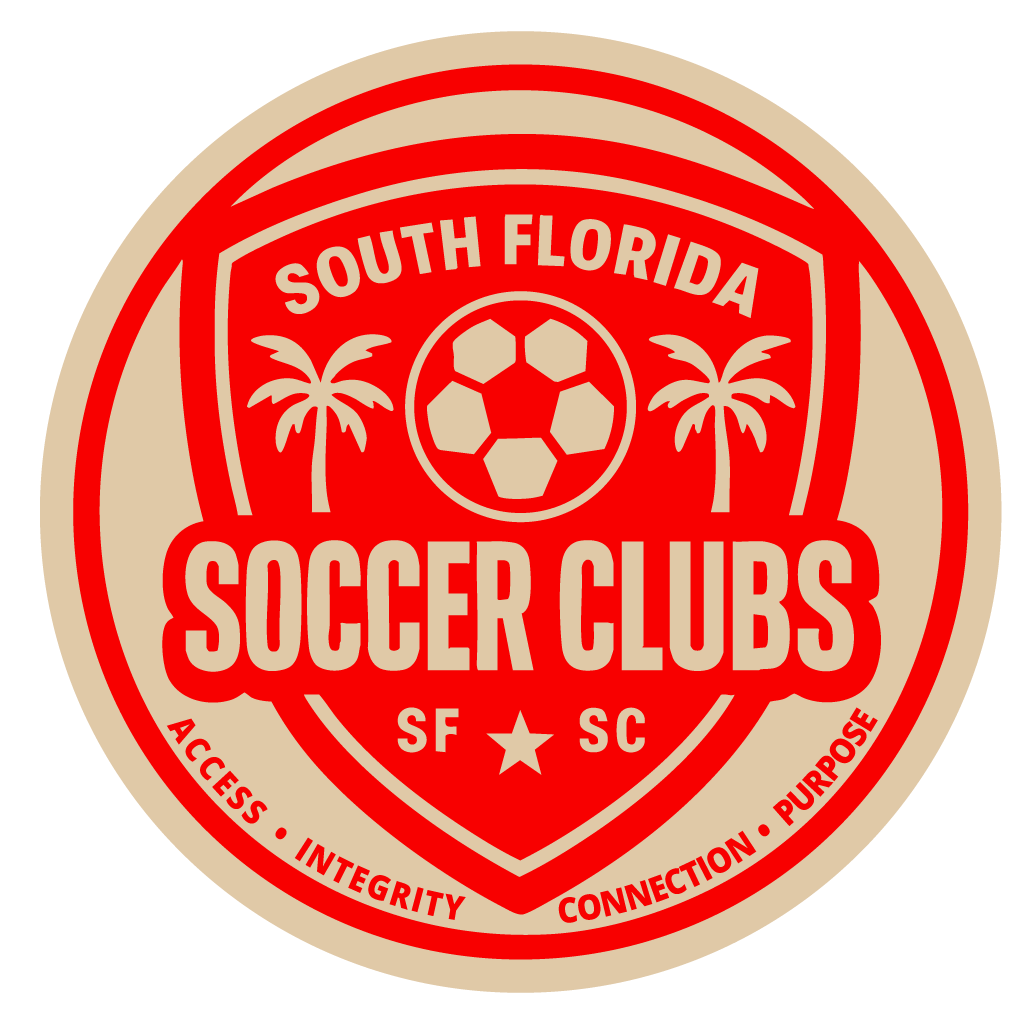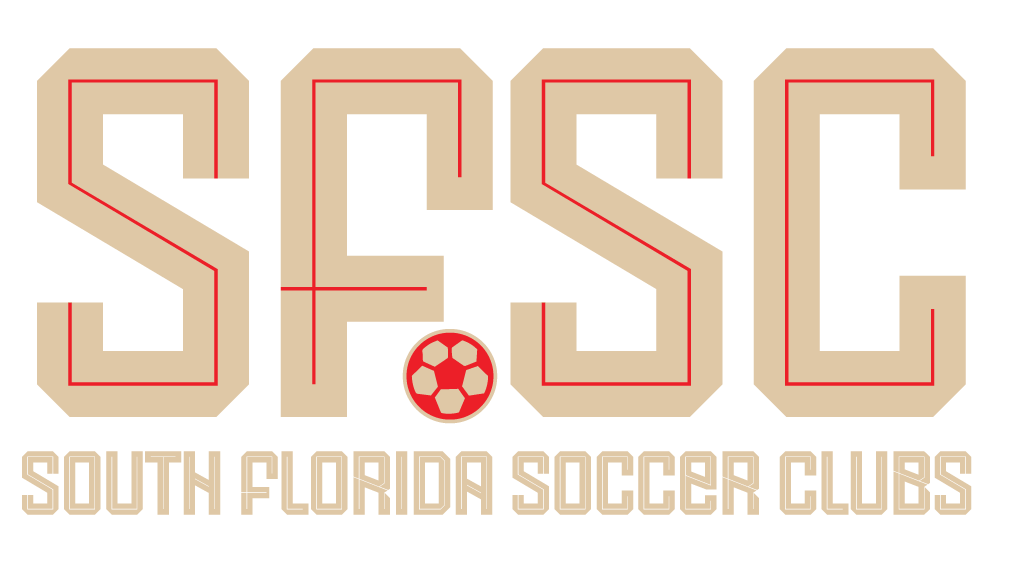
When “Elite” Isn’t Elite: The Hidden Cost of Overcrowded Training Sessions.
By banquillo Editorial Staff.
Across South Florida, dozens of clubs proudly promote themselves as elite or academy-level programs. They use words like pathway, development, and professional environment to attract ambitious families.
But what happens when those promises collide with reality, when “elite” training means thirty players crammed onto half a field with one coach, all fighting for a touch of the ball?
The Myth of Quantity as Quality
In a true elite environment, ECNL, MLS NEXT, USL Academy, or top-tier European academies, training groups are carefully sized.
The industry standard is no more than 16–20 players per coach. That ratio allows for meaningful repetitions, position-specific instruction, and tactical realism. Sessions use a full field, because half-field training can’t replicate match intensity or spatial awareness.
When clubs exceed that threshold, development suffers. The session becomes crowd management, not coaching.
Mixing Levels, Losing Focus
Some clubs, short on attendance or long on ambition, merge different teams into one training players session.
It may look efficient on paper, but the effect is chaos. Top players stagnate without challenge or structure, while developing players lose confidence.
Elite soccer thrives on rhythm, chemistry, and consistent tactical frameworks, not constant roster reshuffling to patch administrative gaps.
The Economics Behind the Overcrowding
Let’s be honest: the explosion of “elite” teams isn’t driven by player development alone. It’s a business model.
Every new roster of 20+ players brings tens of thousands of dollars in annual revenue. Add a third team at each age group, and a single year’s intake can exceed six figures, even if the infrastructure, coaching staff, and field space remain the same.
The result is overextension disguised as opportunity. Families pay for development but receive congestion.
What Parents Should Expect, and Not Accept
Parents have the right to ask direct questions before signing up:
- How many players are in each training group?
- Does the team have its own field or share it?
- Who is the lead coach, and what’s the player-to-coach ratio?
- Are teams of different competitive levels training separately or together?
If the answers sound vague, or if you see thirty kids squeezed into a half-field “elite” session, that’s your signal. Development can’t happen in gridlock.
The Real Pathway
The real pathway isn’t a logo or a brand; it’s quality coaching, individualized attention, and accountability.
Clubs that understand this invest in people and structure, not slogans. Because when numbers replace development, the only ones who lose are the kids on the field.
Editor’s Note:
Banquillo’s goal is to foster open, honest discussion about player development and youth soccer standards in Florida. We encourage feedback from all stakeholders, clubs, parents, and league officials alike, because transparency and collaboration are what ultimately raise the level of the game.








